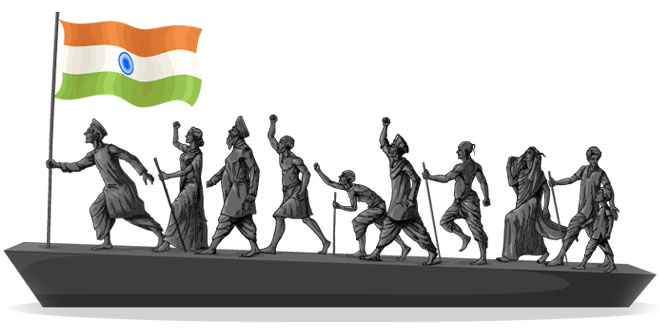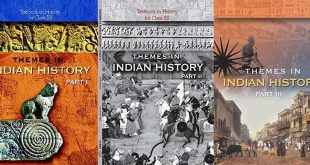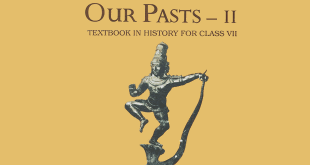Question: What did the Muslim League resolution of 1940 ask for?
Answer: The Muslim League resolution of 1940 asked for “Independent States” for Muslims in the North-Western and Eastern areas of the country.
Question: Who were the Moderates? How did they propose to struggle against British rule?
Answer: In the first twenty years of its existence, the Congress was ‘moderate’ in its objectives and methods. The Congress leaders of this period were called the Moderates. They proposed to struggle against British rule in non-violent manner which the radicals calledpolitics of petitions”. They wanted to develop public awareness about the unjust nature of British rule. They published newspapers, wrote articles, and showed how the British rule was leading to the economic ruin of the country. They criticised British rule in their speeches and sent representatives to different parts of the country to mobilise public opinion. They felt that the British had respect for the ideals of freedom and justice, and so would accept the just demands of Indians.
Question: How was the politics of the Radicals within the Congress different from that of the Moderates?
Answer: The Radicals were opposed to the politics of prayers” followed by the Moderates within the Congress. They explored more radical objectives and methods. They emphasised the importance of self reliance and constructive work. They argued that people must rely on their own strength, not on the good” intentions of the government (as was the stated policy of the Moderates). They believed that people must fight for swaraj.
Question: Discuss the various forms that the Non-Cooperation Movement took in different parts of India. How did the people understand Gandhiji?
Answer: During 1921 and 1922 the Non-Cooperation Movement gained momentum.
- Thousands of students left government-controlled schools and colleges
- Many lawyers gave up their practises
- British titles were surrendered
- Legislatures were boycotted
- People lit public bonfires of foreign cloth.
In most cases, the calls for non-cooperation were related to local grievances.
- In Kheda, Gujrat, Patidar peasants organised non-violent campaigns against the high land revenue demand of the British.
- In coastal Andhra and interior Tamil Nadu, liquor shops were picketed.
- In the Guntur district of Andhra Pradesh, tribals and poor peasants protested against the colonial state for restricting their use of forest resources. They staged a number of forest satyagrahas”, sometimes sending their cattle into forests without paying grazing fees.
- In Punjab, the Akali agitation of the Sikhs sought to remove corrupt mahants – supported by the British – from their gurudwaras.
- In Assam, tea garden labourers demanded a big increase in their wages. When the demands were not met, they left the British-owned plantations.
People thought Gandhiji as messiah, someone who could help them overcome their misery and poverty. Peasants believed that he would help them in their fight against zamindars, while agricultural labourers felt that he would provide them with land.
 Class Notes NCERT Solutions for CBSE Students
Class Notes NCERT Solutions for CBSE Students





Pura book hi chap thya hai
Sala fake
Please don’t paste the nude advertising. Many times complained for this. But no solutions….
The advertisements are provided by Google depending on cookies or last search made on your computer or smartphone. Please clean your cache, these will stop appearing. It’s not our hand. – Admin